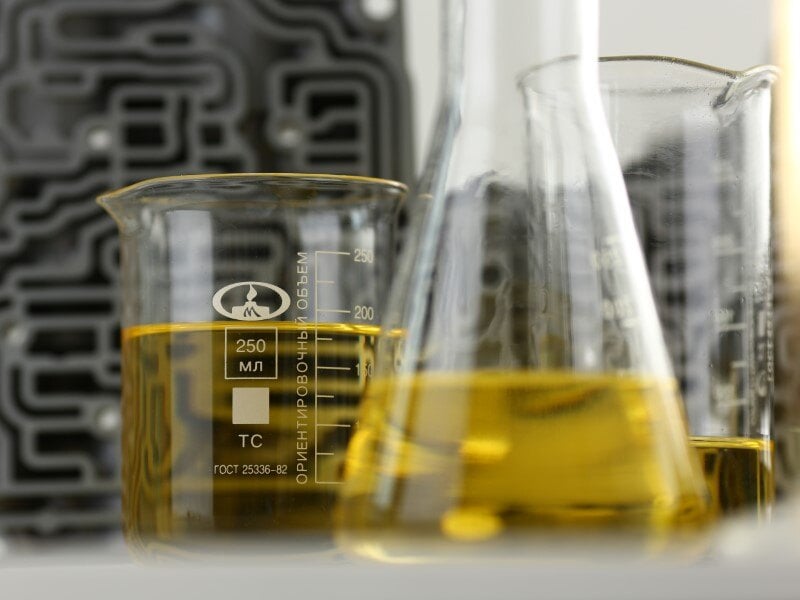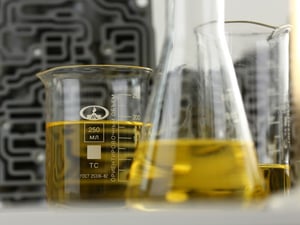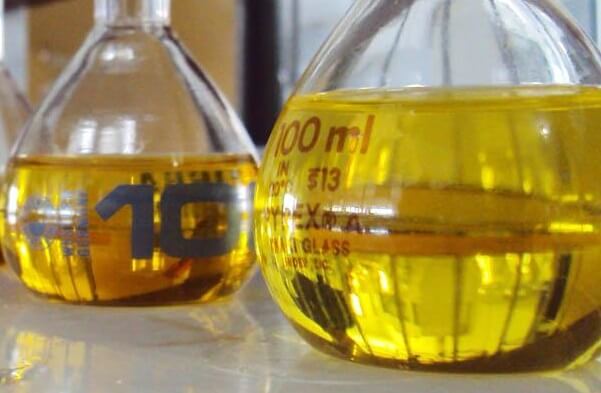Measuring microbes in stored fuel: What you see is what you get?
In a recent post, we were talking about considerations that come from asking the question of ‘what’s the real significance of these microbial test...
3 min read
Erik Bjornstad : Jul 8 2019

In our last two posts, we talked about ways to test for microbial content in stored fuel and what those results may or may not have been telling us (with respect to what we might need to do next). We stressed the importance of knowing what these kind of tests results are actually telling you. We talked about recognizing that there can be differences between what we see in a sample vs. what’s actually present in the place the sample came from.
 The last thing to keep in mind with respect to the meaning of microbiology test results in your fuel relates to what they can tell you about if you have or are going to have problems with your fuel.
The last thing to keep in mind with respect to the meaning of microbiology test results in your fuel relates to what they can tell you about if you have or are going to have problems with your fuel.
Microbial testing is both descriptive and predictive; that is, their results can be used in both descriptive and predictive manners.
Like any other test result, results from ATP BY Filtration (ASTM D7687) testing gives you a snapshot of the current state of the sample. However, unlike most other fuel test results, microbiology results are not necessarily representative of the whole system. Instead - assuming that the testing was done in a sample collected from a location most likely to have contamination if it is present in the tank - microbiology test resultrs are diagnostic. And positive results are more meaningful than negative ones. If your test shows microbial presence, you can be pretty sure you have to do something about that. But if it doesn't show anything, that's not a sure sign there's nothing in there. It's possible that your sampling might have missed where the microbes are.
A calculated microbe count (like the kind you'd get with an ATP By Filtration test) “describes” the current state of the fuel sample. From this you might want to infer the state of the larger body of the fuel - I have microbes in this sample and I assume this sample well represents the rest of the fuel in my 5,000 gallon storage tank, so therefore I probably have similar microbial counts in there, too.
But to be most useful, you’d also like microbial testing to be predictive – to predict that if you have a microbe count calculation of x, you’re going to have problems pretty soon (or not).
In order for microbial testing to be predictive in this manner (and thus, to have the most usefulness), you need a couple of things.
First, it helps to have as specific a microbe count number as possible. That doesn’t mean having a measured range (like an LFT test will give you) is useless, but having a microbial count of “12,000 per mL” is more useful than “your microbe count is somewhere less than 30,000”. This is important because......
Second (and more importantly), you want multiple measures over a period of time. The best practice for using any kind of microbiology tests to predict problems is to monitor routinely and look for trends. MOre correctly, to look for trends of test values, over time, and see how they change. Even better, you could compare how those results change to other kinds of data you have that could be relevant signs of microbial contamination, like slowed flow rates in gas stations or rates of tank filter plugging.
This is something that ATP testing allows you to do better than any other kind of in-field testing. The reason this is important is that having accurate ATP numbers over a period of time allows you to establish trends that are unique to your storage tank and your own fuel. They allow you to create a picture that's unique to your situation and not someone else's. Not only this, but ATP By Filtration generates results that are objective - they're given in specific units (i.e. ATP concentration in picograms per mL). There's no room for subjectivity on what those results are. This is a key distinction from many other test methods that include some measure of subjectivity, such as requiring the observer to interpret the result themselves. How red is this culture bottle? How many little colonies can I count? Different people might give different answers.
Back to trending.......every tank and every fuel system is different. They have their own fingerprint. If you have microbial count data from the past that shows that when your tank’s count measured higher than X, your system developed filter plugging problems, that’s a trend that has predictive value for the future. It provides an objective basis for your action level, so that in the future, you can know to do something before problems occur. So next month, if you do microbial testing and your count is X again, you’ve got evidence that similar problems may well be in your fuel’s future and you can do something.
That’s not to say there would be a 100% chance of something happening. But think of it like baseball stats. Fans use descriptive stats to make predictions all the time, right? Mickey Mantle hits a homerun 50% of the time when he’s facing the Tigers with the bases loaded (descriptive)….so does that mean the next time he’s up in Tigers Stadium with the bases juiced, the ball is leaving the yard (predictive)? Not necessarily, but you can probably predict there’s a better chance of that happening than if he never hit a homerun before. And you'd very likely be right more often than not.
Microbial ATP testing and having the proper handle on what the results do and do not mean can go a long way towards enabling you to make the best decisions for your stored fuel.

In a recent post, we were talking about considerations that come from asking the question of ‘what’s the real significance of these microbial test...

Up to this point at the Bell blog, we’ve written no small share of analysis of the available kinds of tests for measuring or detecting microbial...

We're continuing our blog series on testing for microbes in stored fuel and the issues/considerations that affect what those results may mean...